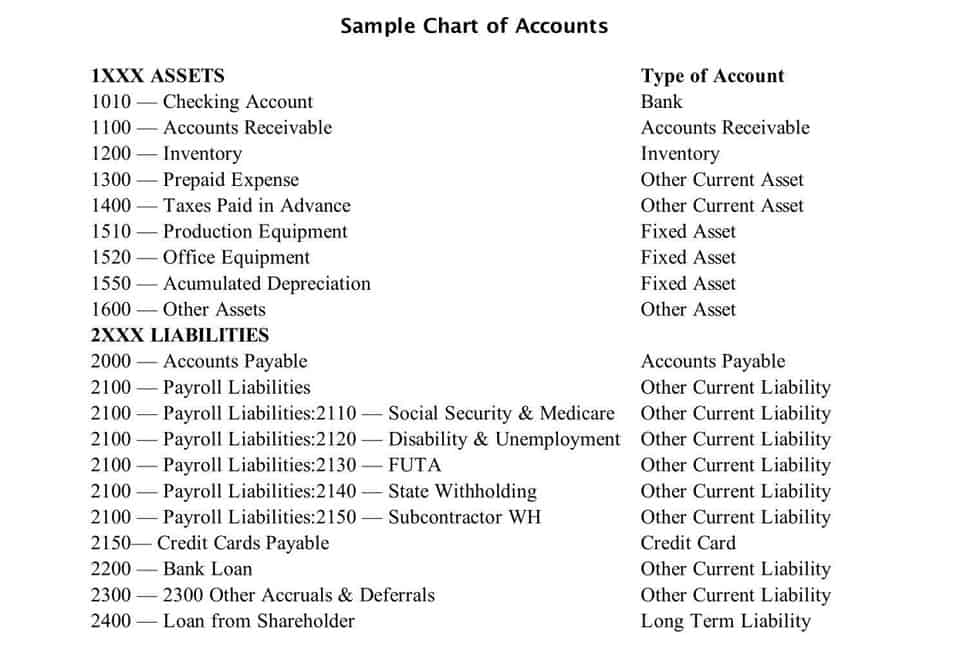Accounting Equation Assets = Liabilities + Equity

Current liabilities include accounts payable, accrued expenses, and the short-term portion of debt. The accounting equation uses total assets, total liabilities, and total equity in the calculation. This formula differs from working capital, based on current assets and current liabilities. As you can see, no matter what the transaction is, the accounting equation will always balance because each transaction has a dual aspect. The accounting equation asserts that the value of all assets in a business is always equal to the sum of its liabilities and the owner’s equity.
What you’ll learn to do: state the accounting equation
A high profit margin indicates a very healthy company, while a low profit margin could suggest that the business does not handle expenses well. Keeping track of the revenues and finances of your small or big business is surely a full time job, so you may need to create a financial position to handle these duties within your business. From the Statement of Stockholders’ Equity, Alphabet’s share repurchases can be seen. Their share repurchases impact both the capital and retained earnings balances. Cash (asset) will reduce by $10 due to Anushka using the cash belonging to the business to pay for her own personal expense.
Owners Equity (or Equity)
- Assets are the resources that are held by the company in order to function and operate in the relevant industry.
- Companies compute the accounting equation from their balance sheet.
- The basic accounting formula is one of the fundamental underpinnings of accounting, since it forms the basis for the recordation of all accounting transactions.
- In this example, we will see how this accounting equation will transform once we consider the effects of transactions from the first month of Laura’s business.
- On the balance sheet, the assets side represents a company’s resources with positive economic utility, while the liabilities and shareholders equity side reflects the funding sources.
The company’s assets are equal to the sum of its liabilities and equity. Income and expenses relate to the entity’s financial performance. Individual transactions which result in income and expenses being recorded will ultimately result in a profit or loss for the period. The term capital includes the capital introduced by the business owner plus or minus any profits or losses made by the business. Profits retained in the business will increase capital and losses will decrease capital.
Rearranging the Accounting Equation
The calculation of net worth for a business uses the assets and liabilities shown in the balance sheet. This means that it reflects the carrying value of the assets and liabilities and not necessarily their market value. Whenever you post a transaction, you should practice double-entry accounting. Double-entry accounting requires you to make journal entries by posting debits on the left side and credits on the right side of a ledger in your balance sheet.


For example, an increase in an asset account can be matched by an equal increase to a related liability or shareholder’s equity account such that the accounting equation stays in balance. Alternatively, an increase in an asset account can be matched by an equal decrease in another asset account. It is important to keep the accounting equation in mind when performing journal accounting basic formula entries. In this situation the owners drawings represent cash taken out of the business by way of salary. Correspondingly in a company, the payment of a dividend to the equity owners replaces drawings in the expanded accounting equation. A trade receivable (asset) will be recorded to represent Anushka’s right to receive $400 of cash from the customer in the future.
- The accounting equation is a factor in almost every aspect of your business accounting.
- Both liabilities and shareholders’ equity represent how the assets of a company are financed.
- Because all accounting entries – all of them – are derived from it.
- Incorrect classification of an expense does not affect the accounting equation.
- The company’s assets are equal to the sum of its liabilities and equity.
- As you can see, shareholder’s equity is the remainder after liabilities have been subtracted from assets.
So, as long as you account for everything correctly, the accounting equation will always balance no matter how many transactions are involved. The accounting equation equates a company’s assets to its liabilities and equity. This shows all company assets are acquired by either debt or equity financing. For example, when a company is started, its assets are first purchased with either cash the company received from loans or cash the company received from investors. Thus, all of the company’s assets stem from either creditors or investors i.e. liabilities and equity.

- Learn financial statement modeling, DCF, M&A, LBO, Comps and Excel shortcuts.
- In this form, it is easier to highlight the relationship between shareholder’s equity and debt (liabilities).
- If both ledgers of your balance sheet don’t match, there may be an error.
- Shareholders, or owners of stock, benefit from limited liability because they are not personally liable for any debts or obligations the corporate entity may have as a business.
- From the accounting equation, we see that the amount of assets must equal the combined amount of liabilities plus owner’s (or stockholders’) equity.

